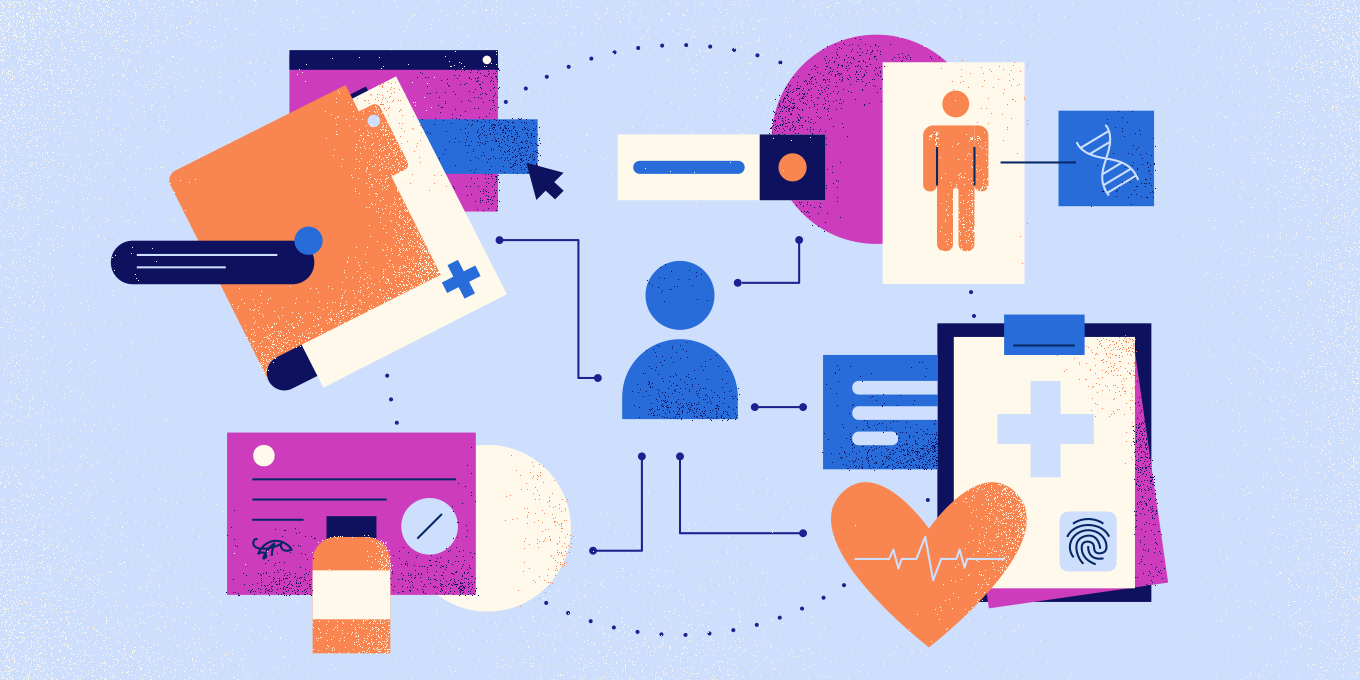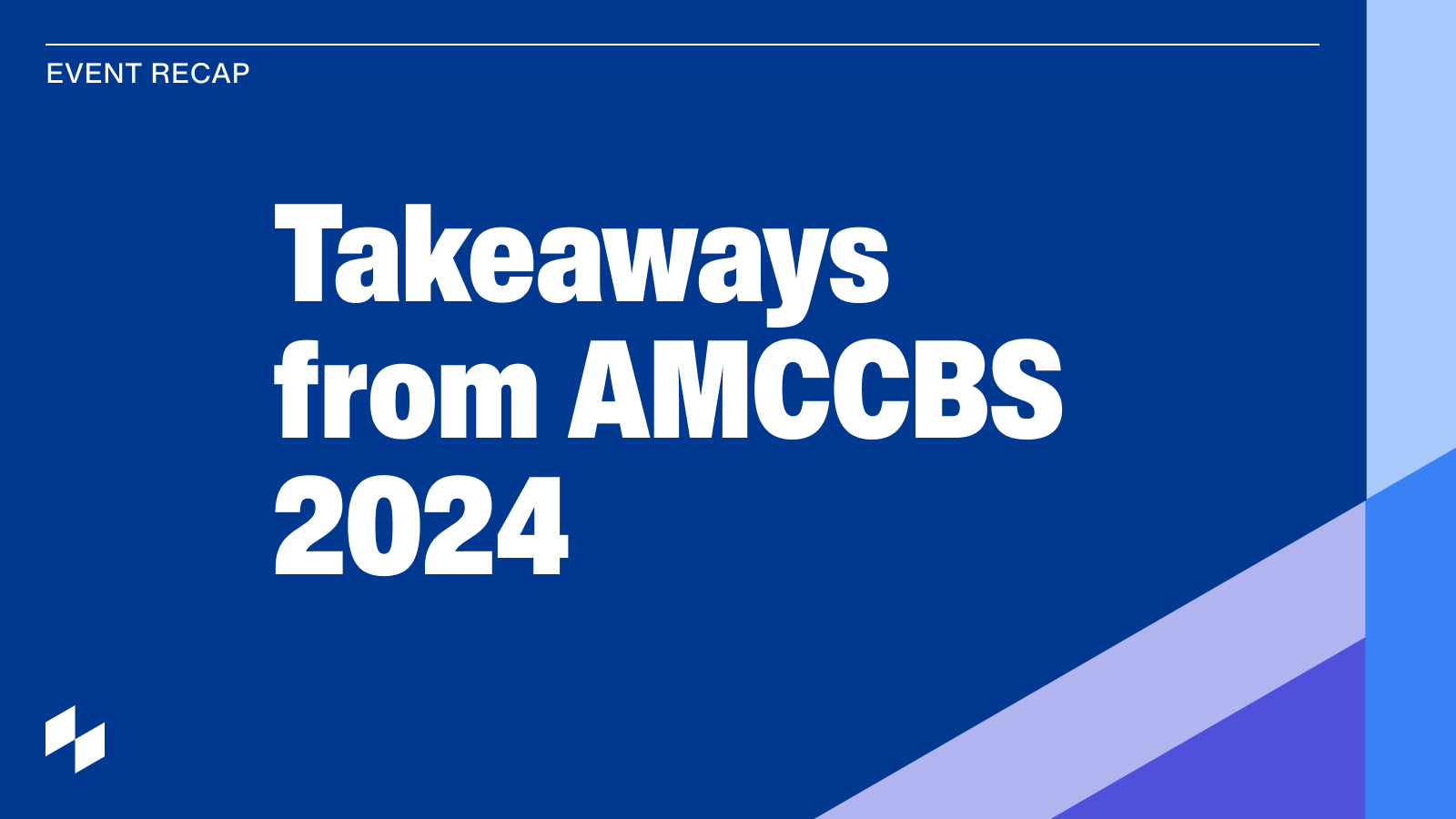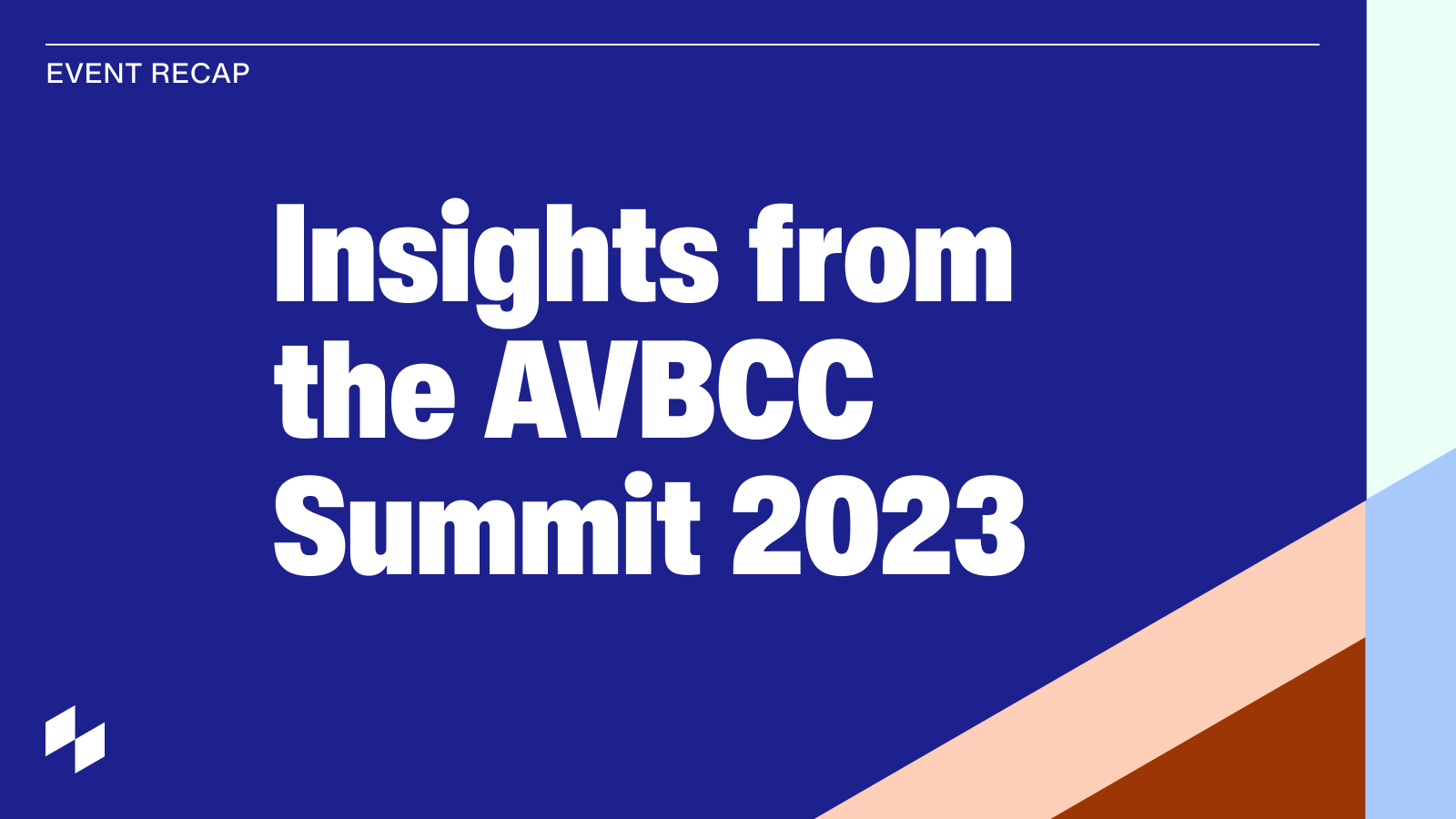Technology should support the evolution of oncology care, not get in the way. Here’s how Flatiron Health is delivering on the promises of technology by facilitating information flow, reducing manual effort, and staying ahead of the pace of change in cancer care.
By Kate Estep, Vice President of Product Management at Flatiron Health
Last month I had a doctor’s appointment. I filled out my forms in advance online. When I went to the office, I was asked to complete the forms again in the waiting room - this time on a tablet. And once in the exam room, the medical assistant asked me the same questions, writing my answers on sticky notes and placing these on her computer for later. Repetitive questions, duplicative documentation, wasted time - I know I am not alone in this experience.
Technology was introduced to healthcare with the promise of making clinicians more efficient and effective. It was designed with the intention of making life easier. But in reality, technology is failing to deliver on these promises. It has added more friction to the care setting for clinicians and patients: more data, more screens, and more documentation. The unintended by-product is that people are filling in where technology falls short.
The challenge is especially complex in oncology, where therapies are expensive, specialized experts are in short supply and high demand, and time is always of the essence. Oncologists and care teams cannot afford to have technology add effort and complexity to their days. They need tools that relieve pressure with accessible data and intuitive workflows, and that help them keep up with the pace of change in cancer care.
At Flatiron Health, our mission is to learn from the experience of every person with cancer. We keep the patient and clinician’s voice at the heart of what we do. With this mission in mind, I have been reflecting on our vision for the future of oncology, and how we can adapt our products to enable the best possible care.
Here's how we’re working to develop the next generation of digital oncology tools to support better care, better outcomes, and better experiences for patients and care teams.
Listen to this 8-minute podcast with Kate Estep, VP of Product Management at Flatiron Health, speaking on how Flatiron is staying ahead of the pace of cancer care.
Breaking down barriers to bring patient data into the workflow
Today, patient data is scattered across the EMR. It’s hard to find, and hard to pull together into a complete, up-to-date picture of the patient’s journey.
Clinicians do not have the time to dig through the chart for bits of information and assemble them into a coherent picture. They need technology to do the heavy lifting upfront, tell a meaningful story about the data, and contextualize important changes so the clinician can take the most appropriate action.
Over the last year, we have been doing a lot of work behind the scenes to create a more intuitive and user-friendly experience for clinicians, such as adjusting our data models and clinical content, enhancing our machine learning and AI capabilities, and making changes to the way OncoEMR® supports the latest data integration standards.
Ultimately, this will result in improved capacity for OncoEMR® to send and receive information, plug in third-party applications, and integrate data for easier use across the application. For care teams, this means less duplicative data entry, fewer elements locked up in PDFs, and fewer barriers when using the product in day-to-day work. For patients, this means a better experience - as care teams are able to direct more attention to you instead of wrestling with their software.
Reducing the effort required from people
Care teams are spending a large amount of human effort to make up for places where technology is falling short. There’s wasted time waiting on EMRs that lag or freeze and extra effort making those 10-15 unnecessary clicks or performing routine tasks that the system should automate.
Product performance is paramount when serving patients. Downtime disrupts the patient’s experience and practice operations. We believe that the best EMR is one that enables you in the background -- one that you don’t notice. So we’re doubling down on our efforts to reduce disruption and improve performance and availability across the application. We are bringing consistency to workflows and automating tasks that can be performed by the system, enabling staff across the practice to operate at the top of their licenses.
Staying ahead of the pace of change in cancer care
Oncology is one of the fastest moving areas of clinical care, and the EMR must help keep clinicians abreast of the latest clinical best practices and care delivery models.
Our ongoing investments in precision medicine will support increasingly personalized patient care. Targeted solutions for the latest value-based arrangements, like the Enhancing Oncology Model, empower practices to participate in innovative models of care. And our clinical decision support tool, Flatiron Assist™ enables decision-making and pathway concordance so you can deliver enhanced care while taking advantage of more opportunities to earn value-based incentives.
Creating a better future for personalized oncology care experiences
These are just a few examples of how the Flatiron team is working to make our technology less burdensome and more effective.
We are optimists when it comes to the role of technology in enabling patient-centered oncology care, but we also know that these changes won’t happen overnight.
It takes partnership. It takes expertise and capability. It takes continual adjustments to our products to make sure that we are delivering safe and effective tools. We are excited to be working closely with our customers, developers, and colleagues across the care continuum to make OncoEMR the best it can possibly be, and we can’t wait to show you what’s next.
Come see us at COA, March 23-24, to get a closer look at some of the new features on our roadmap and meet the team behind our products.



